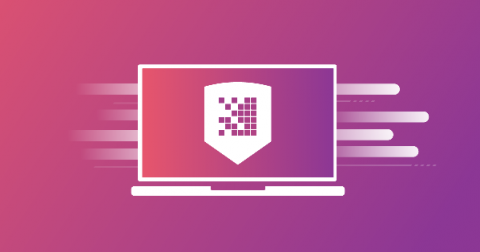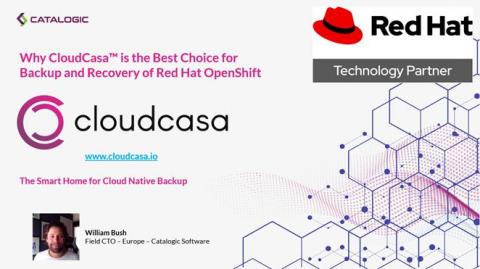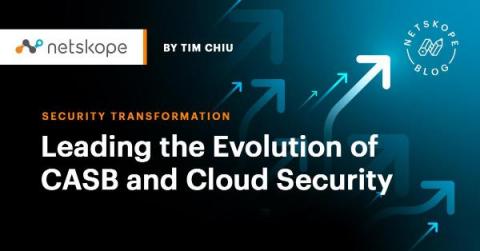Stories from the SOC - Powershell, Proxyshell, Conti TTPs OH MY!
In the second half of 2021 the AT&T Managed Threat Detection and Response (MTDR) security operations center (SOC) observed an increasing number of attacks against vulnerable Exchange servers. A number of these attacks were attempting to leverage proxyshell vulnerability to gain access to customer’s networks.











